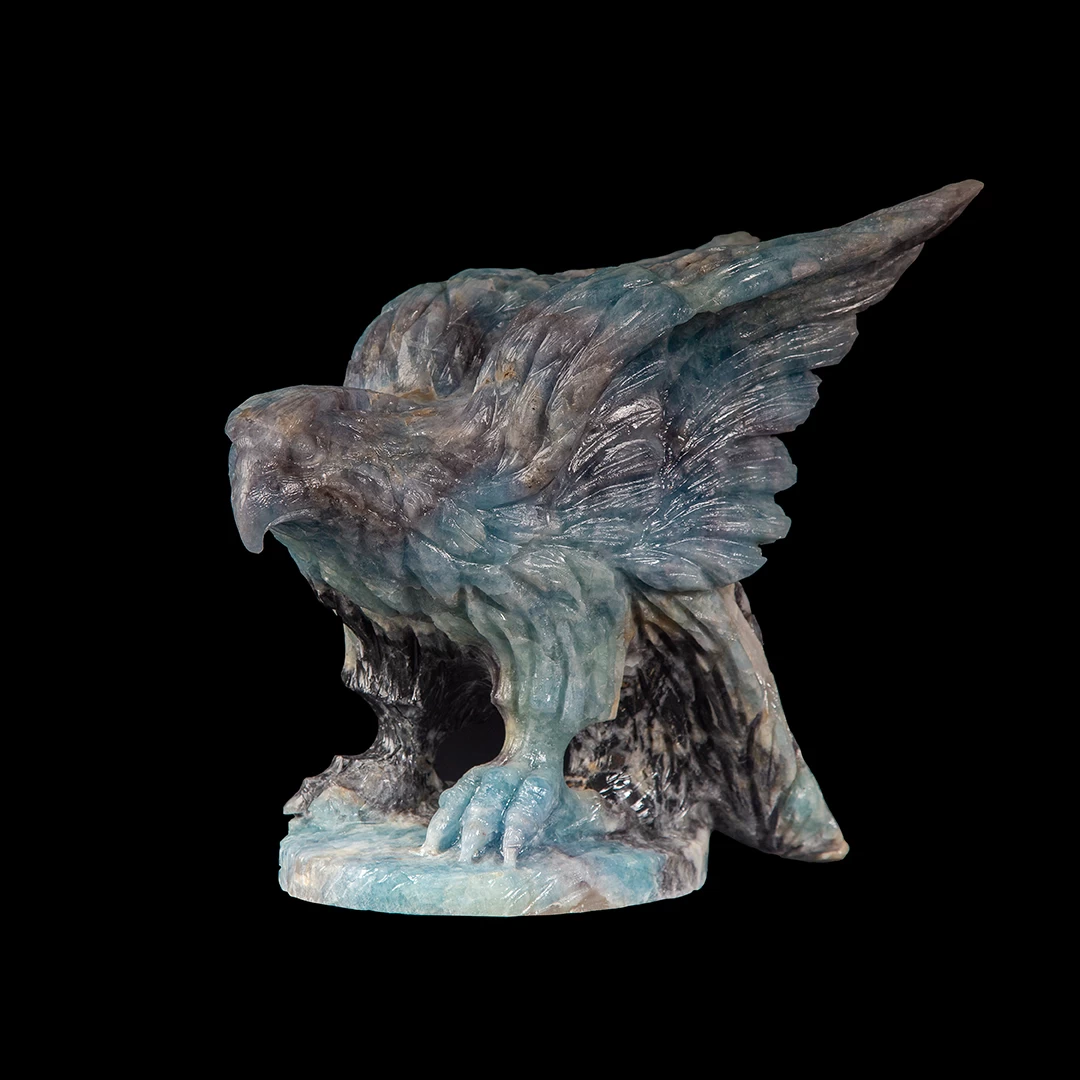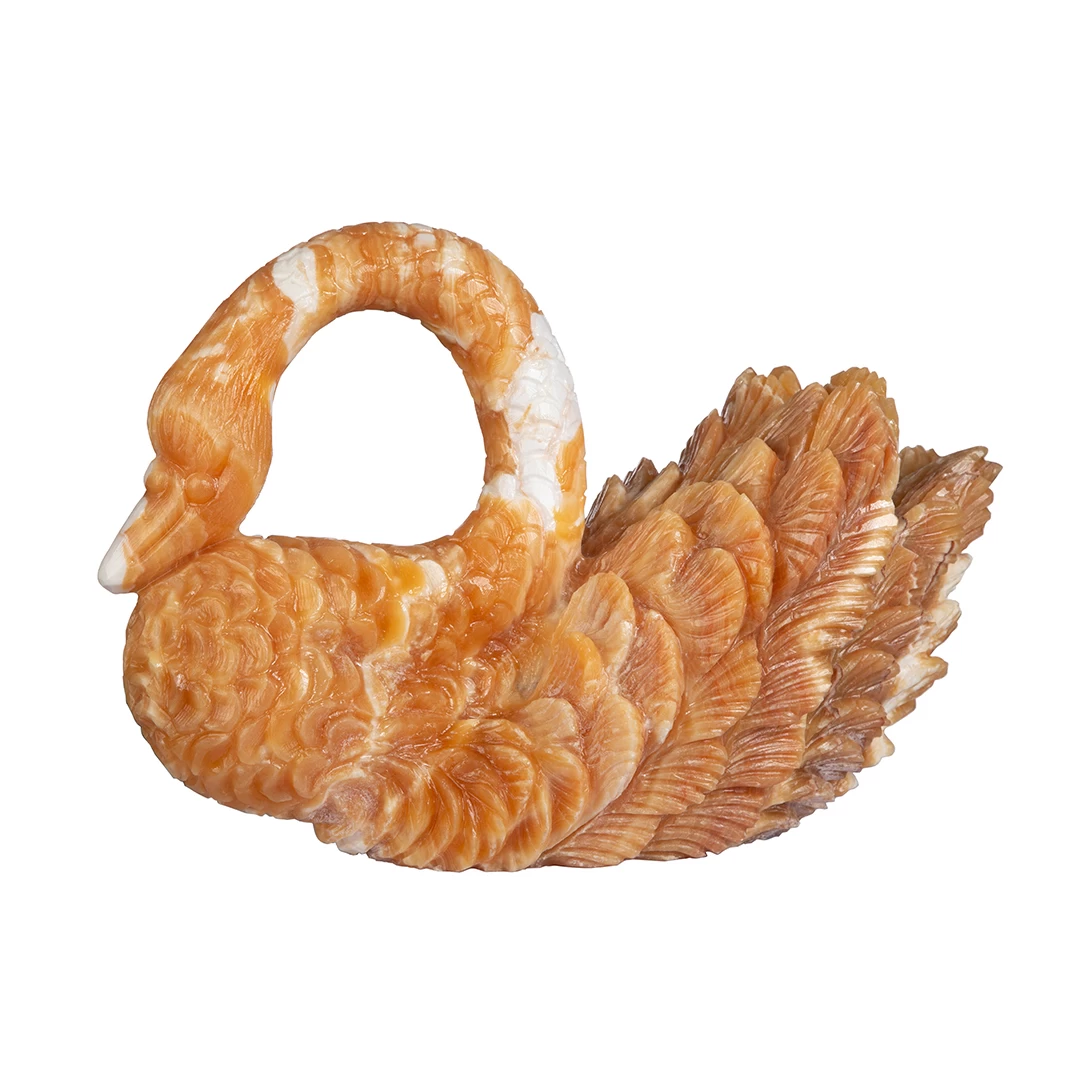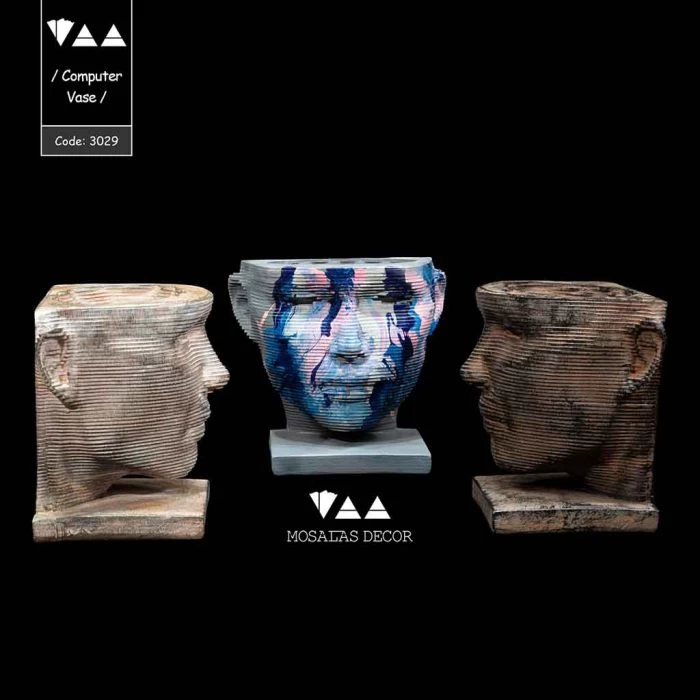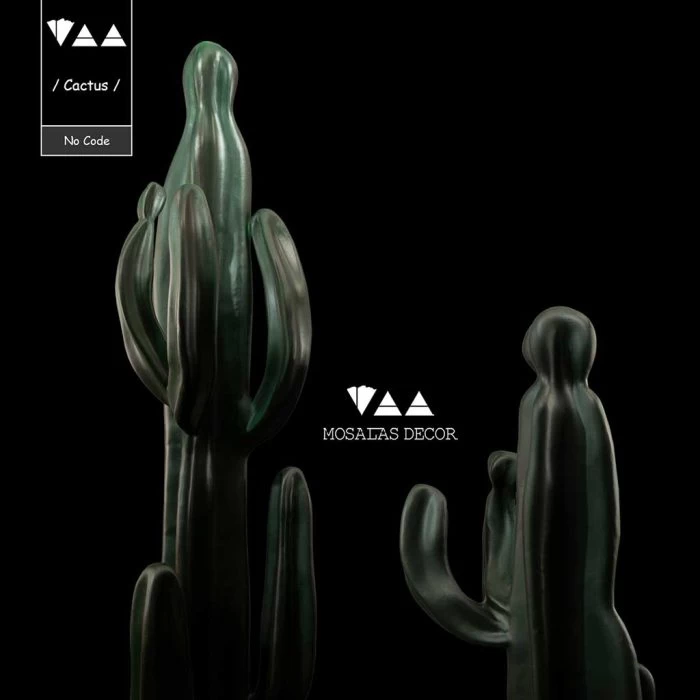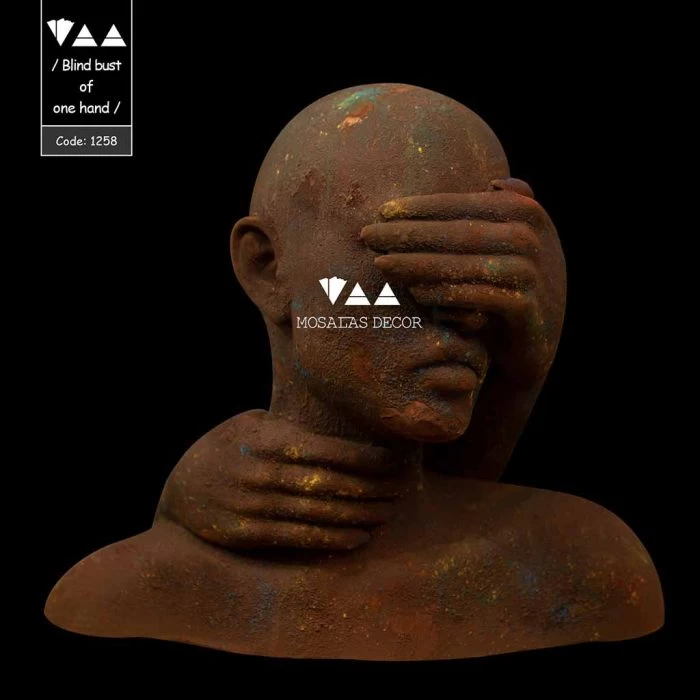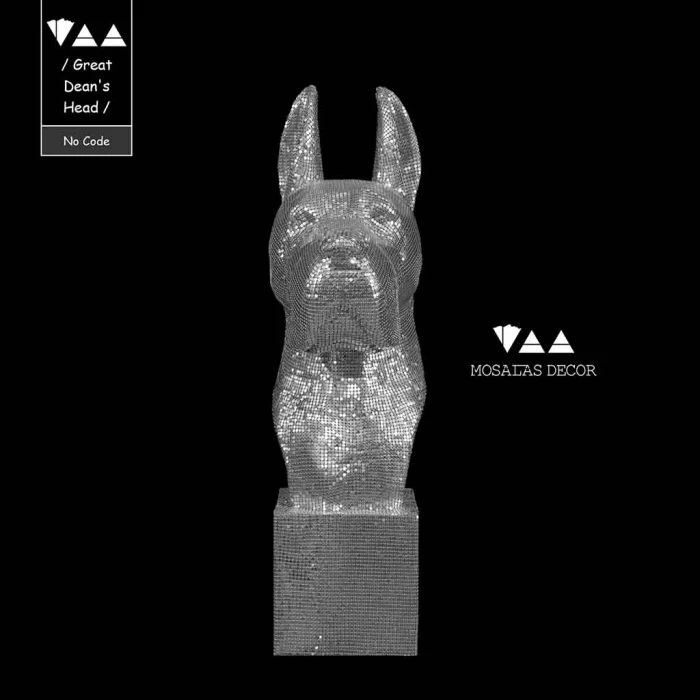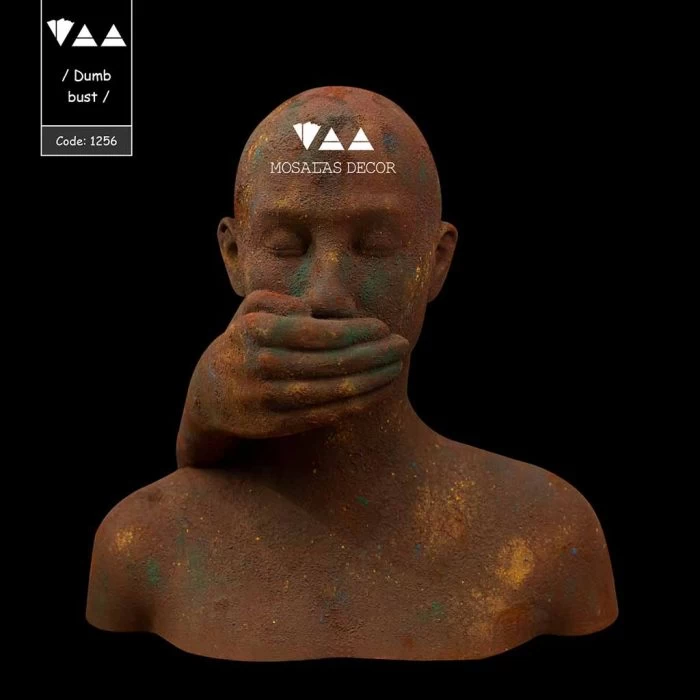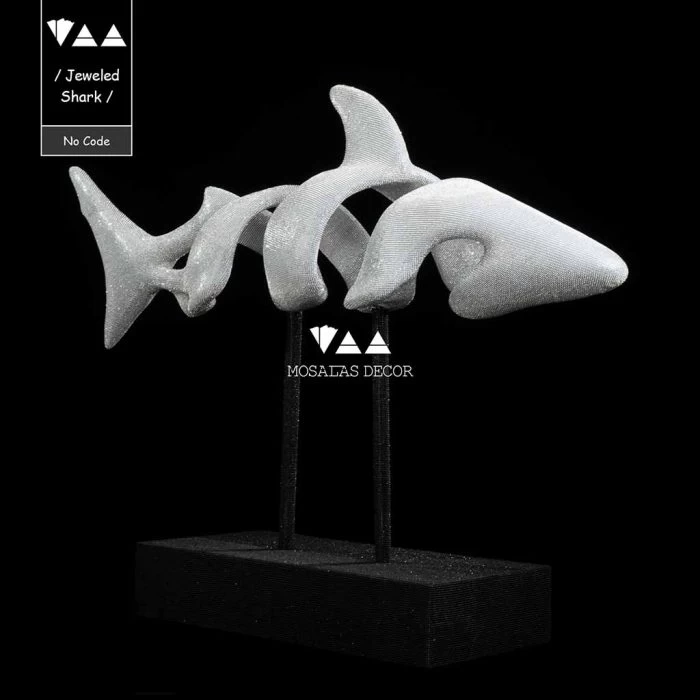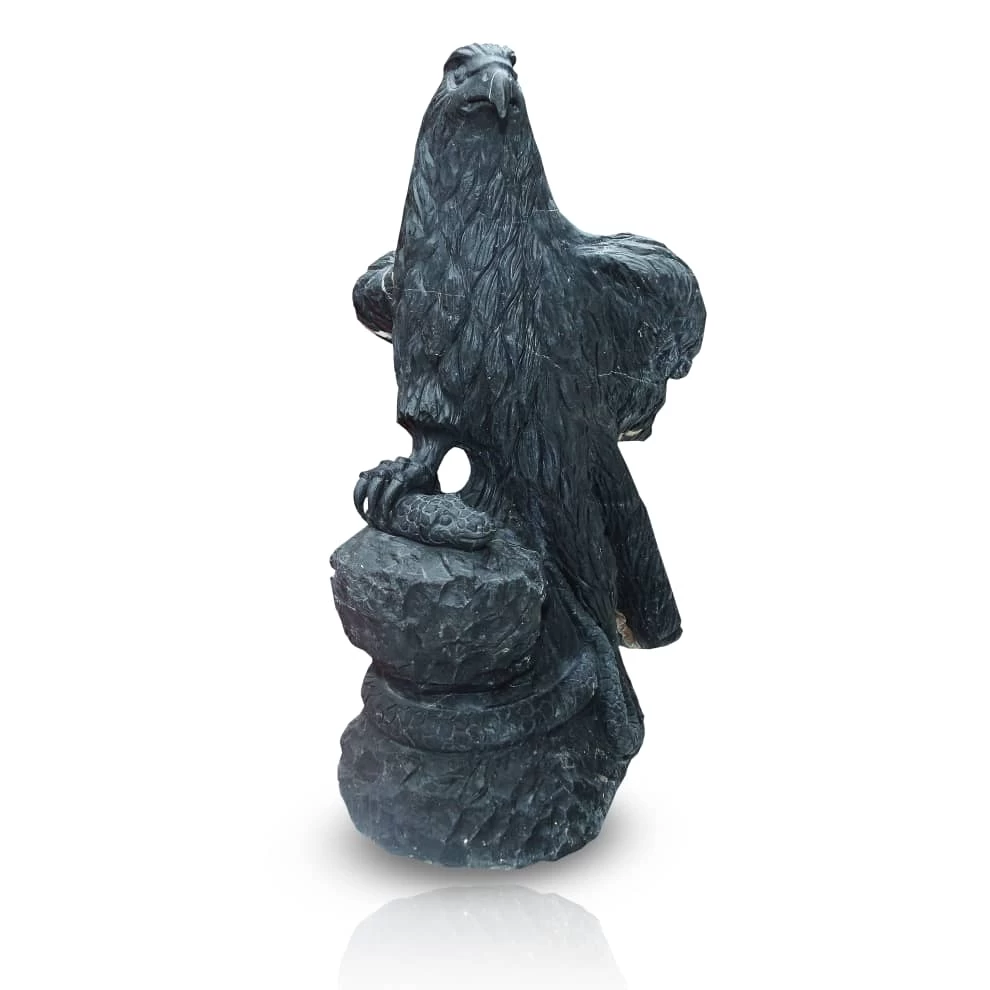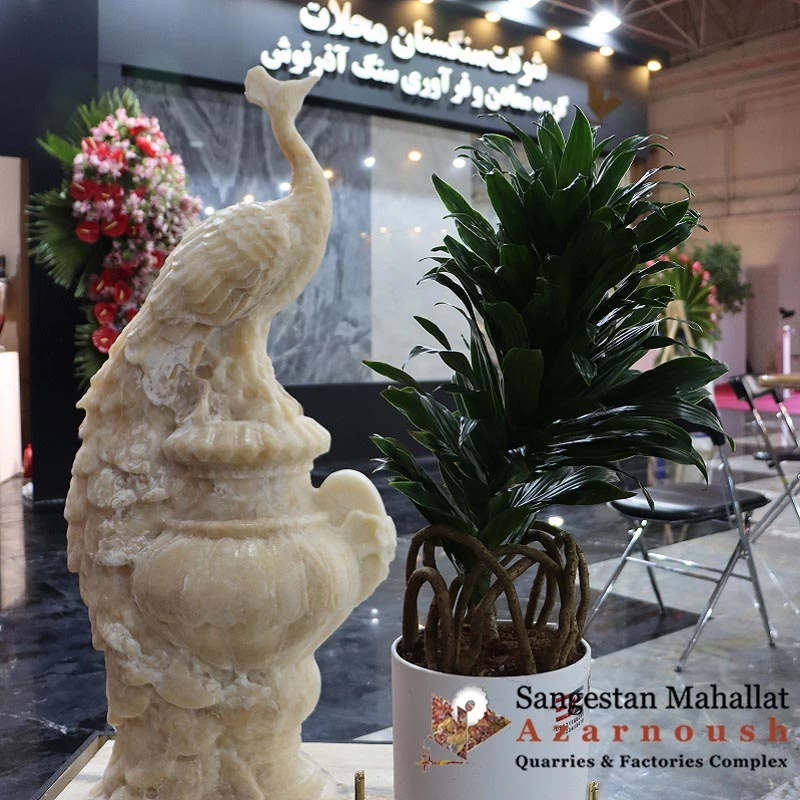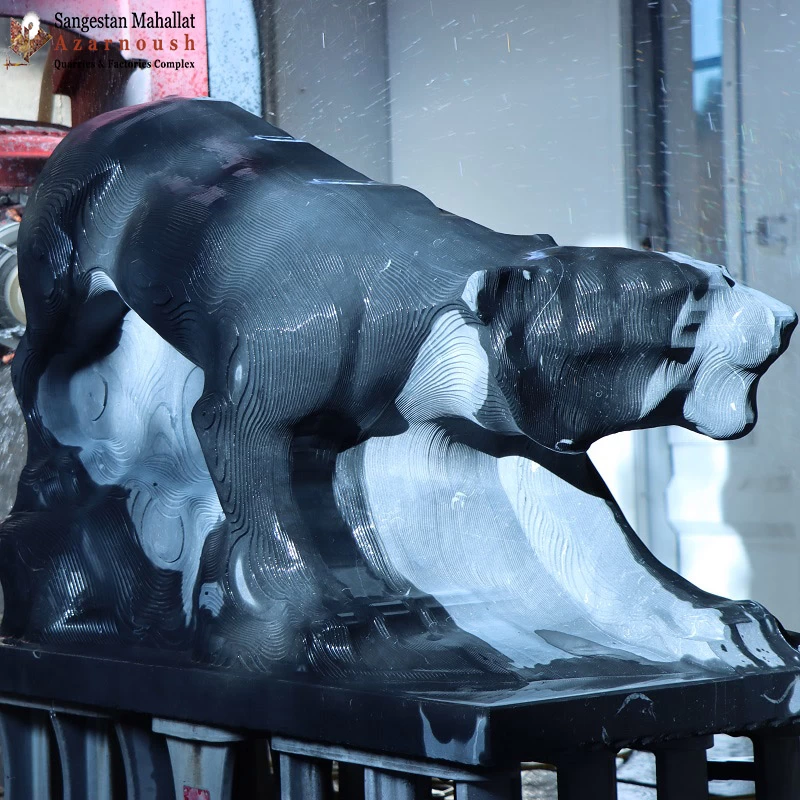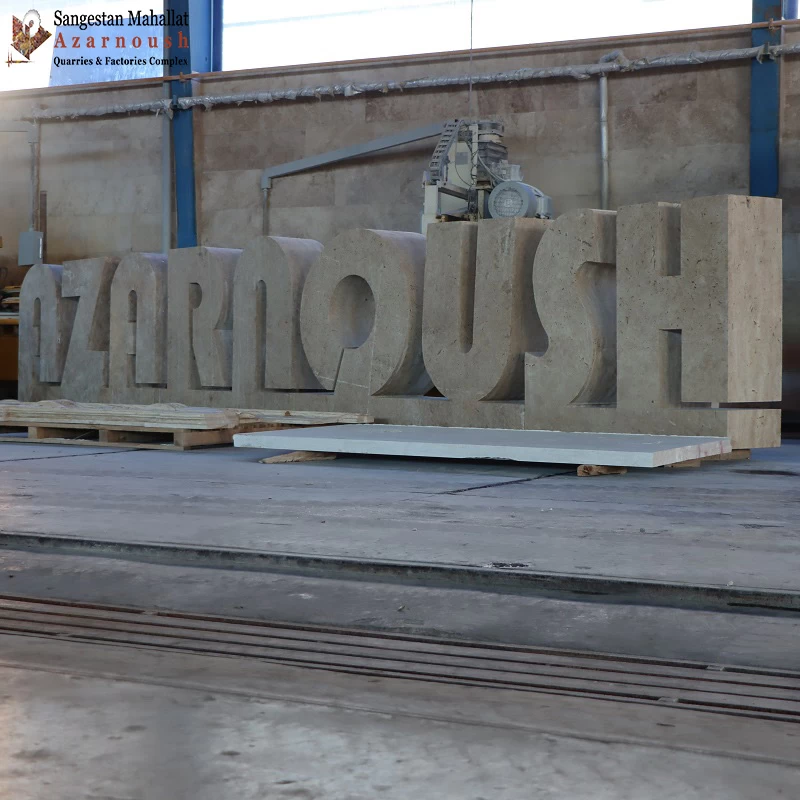stone statue
Here is some information about stone statues:
Stone statues are sculptures carved from solid stone, typically depicting the human form or other subjects. They have been produced by many ancient and modern civilizations around the world, and have served a variety of purposes such as religious worship, commemoration of important figures, and public art.
Some of the most famous stone statues include:
- The Great Sphinx of Giza in Egypt, a massive statue with a human head and lion body dating back to around 2500 BCE.
- The moai statues on Easter Island, large heads carved from volcanic rock by the Rapa Nui people between 1100-1680 CE.
- The Terracotta Army in China, thousands of life-size stone soldier, horse, and chariot statues created in the 3rd century BCE to accompany the tomb of the first Qin emperor.
- The statue of David by Michelangelo, a 17-foot tall Renaissance sculpture carved from Carrara marble and completed in 1504.
- Mount Rushmore National Memorial in the United States, featuring carved heads of four U.S. presidents in granite.
Stone statues are created through a variety of techniques, including chiseling, carving, and sculpting. The choice of stone type, such as marble, granite, or limestone, can greatly impact the final appearance and durability of the statue. Conservation and restoration of ancient stone statues is an important field, as weathering and environmental factors can cause significant damage over time.

Here's some information on how stone statues are made and the various uses of different types of stone:
Stone Carving Techniques:
Stone statues are typically created using a few key techniques:
Chiseling - Striking a chisel with a mallet to slowly chip away at the stone and reveal the desired form. This requires great skill and precision.
Carving - Using specialized carving tools to carefully cut and shape the stone, removing material in larger pieces.
Sculpting - Modeling the stone directly by hand, adding and removing material to achieve the desired shapes and details.
Many ancient stone statues were also polished to give a smooth, finished appearance.
Stone Types and Uses:
The type of stone used can greatly impact the final appearance and durability of a statue:
Marble - A metamorphic rock that is relatively soft and easy to carve. It often has a bright white or grayish color. Marble was frequently used for high-quality sculptures in ancient Greece and Renaissance Europe.
Granite - An extremely hard igneous rock. It is more difficult to carve but very durable. Granite is commonly used for public monuments and memorials.
Limestone - A sedimentary rock that ranges from soft to hard. It was commonly used in ancient Egypt and the Middle East for large-scale architectural sculptures.
Sandstone - A sedimentary rock made of compressed sand grains. It is relatively soft and was used for many ancient Indian and Chinese sculptures.
Soapstone - A very soft, talc-based stone that is easy to carve. It was used for smaller, more intricate sculptures in many cultures.
The specific stone chosen depended on the desired aesthetic, the skill of the carvers, and the intended purpose and placement of the statue.
stone statues are generally not considered home appliances, furniture, or accessories. They are considered works of art and decorative pieces, rather than functional household items.
Stone statues fall into a few main categories:
1. Public Art/Monuments - Large-scale stone statues that are installed in public spaces, plazas, parks, etc. These are meant to serve a commemorative or artistic purpose for the general public, not for private homes.
2. Religious/Cultural Sculptures - Stone statues that are part of religious temples, shrines, or other cultural sites. These have spiritual or ceremonial significance.
3. Fine Art Sculptures - Smaller-scale stone statues and carvings that are considered fine art pieces, often created by skilled sculptors. These may be displayed in galleries, museums, or the homes of art collectors.
4. Architectural Ornamentation - Stone carvings or statues that are integrated into the design of buildings, such as on the exterior, in lobbies, or in gardens.
While a small stone statue could potentially be used as a decorative accent piece in a home, it would not be classified the same way as typical household furniture, appliances, or accessories. Stone statues are primarily viewed as works of art, not functional domestic items. Their value comes from the artistic craftsmanship and cultural/historical significance, rather than any practical utility.
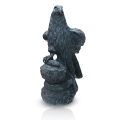
Stone statues are typically exported in a few different ways, depending on the size, weight, and fragility of the particular statue:
1. Crated Shipping:
For smaller to medium-sized stone statues, the most common export method is to carefully pack and crate the statue for shipping. The statue is first wrapped in protective materials like bubble wrap or foam. It is then placed into a sturdy wooden crate that is reinforced to prevent damage during transit. These crates are designed to withstand the rigors of international shipping by sea or air freight.
2. Specialized Transport:
For very large or heavy stone statues, such as monumental public sculptures, specialized transportation is required. This may involve disassembling the statue into smaller pieces, loading each piece onto a flatbed truck or shipping container, and then carefully reassembling the statue at the destination. Cranes and other heavy equipment are often needed to load and unload these massive stone sculptures.
3. In-Situ Shipping:
In some cases, especially for archaeological or cultural heritage site sculptures, the statues are exported without being moved from their original location. Instead, the statue is carefully documented, reinforced, and then shipped as-is, such as by loading it directly onto a ship. This preserves the context and integrity of the piece.
4. Special Handling:
Regardless of the shipping method, stone statues require extremely delicate and specialized handling throughout the export process. Experienced art handlers, riggers, and transportation companies are essential to ensure the safe delivery of these precious cultural artifacts. Temperature, humidity, and other environmental factors must also be closely monitored.
The logistics and costs of exporting stone statues can be quite complex, particularly for large, ancient, or culturally significant pieces. Careful planning and execution is critical to prevent any damage during the international shipping process.

Stone statues are typically created using a few key techniques:
The type of stone used can greatly impact the final appearance and durability of a statue:

For smaller to medium-sized stone statues, the most common export method is to carefully pack and crate the statue for shipping. The statue is first wrapped in protective materials like bubble wrap or foam. It is then placed into a sturdy wooden crate that is reinforced to prevent damage during transit. These crates are designed to withstand the rigors of international shipping by sea or air freight.
For very large or heavy stone statues, such as monumental public sculptures, specialized transportation is required. This may involve disassembling the statue into smaller pieces, loading each piece onto a flatbed truck or shipping container, and then carefully reassembling the statue at the destination. Cranes and other heavy equipment are often needed to load and unload these massive stone sculptures.
In some cases, especially for archaeological or cultural heritage site sculptures, the statues are exported without being moved from their original location. Instead, the statue is carefully documented, reinforced, and then shipped as-is, such as by loading it directly onto a ship. This preserves the context and integrity of the piece.
Regardless of the shipping method, stone statues require extremely delicate and specialized handling throughout the export process. Experienced art handlers, riggers, and transportation companies are essential to ensure the safe delivery of these precious cultural artifacts. Temperature, humidity, and other environmental factors must also be closely monitored.
FAQs
What are some of the most famous stone statues in the world?
Some of the most famous stone statues include the Great Sphinx of Giza, the moai of Easter Island, the Terracotta Army in China, Michelangelo's David, and the carved presidential heads at Mount Rushmore.
What types of stone are commonly used to create statues?
Common stone types used for statues include marble, granite, limestone, sandstone, and soapstone, each with their own unique properties and characteristics.
How are large stone statues transported and exported internationally?
Large stone statues often require specialized transportation methods like disassembly, crated shipping, and in-situ export to safely move and export them across borders.
What cultural and historical significance do stone statues hold?
Stone statues serve as important cultural and historical artifacts, representing the artistic achievements, religious beliefs, and sociopolitical power of the civilizations that created them.
 +7929688-88-14
+7929688-88-14

 English
English
 Persian
Persian
 Russian
Russian
 Chinese
Chinese


 +7929688-88-14
+7929688-88-14

